April 30, 2023 | Maddy McCarty, Bisnow Houston (mailto:maddy.mccarty@bisnow.com)
If the Alamo was in Houston, Houstonians would’ve torn it down to build something else.
So says Ori Batagower, new development and acquisitions director for The Deal Co., one of several panelists at Bisnow ’s Houston State of the Market event April 27 to proclaim that razing is out and a new era of adaptive reuse is in.
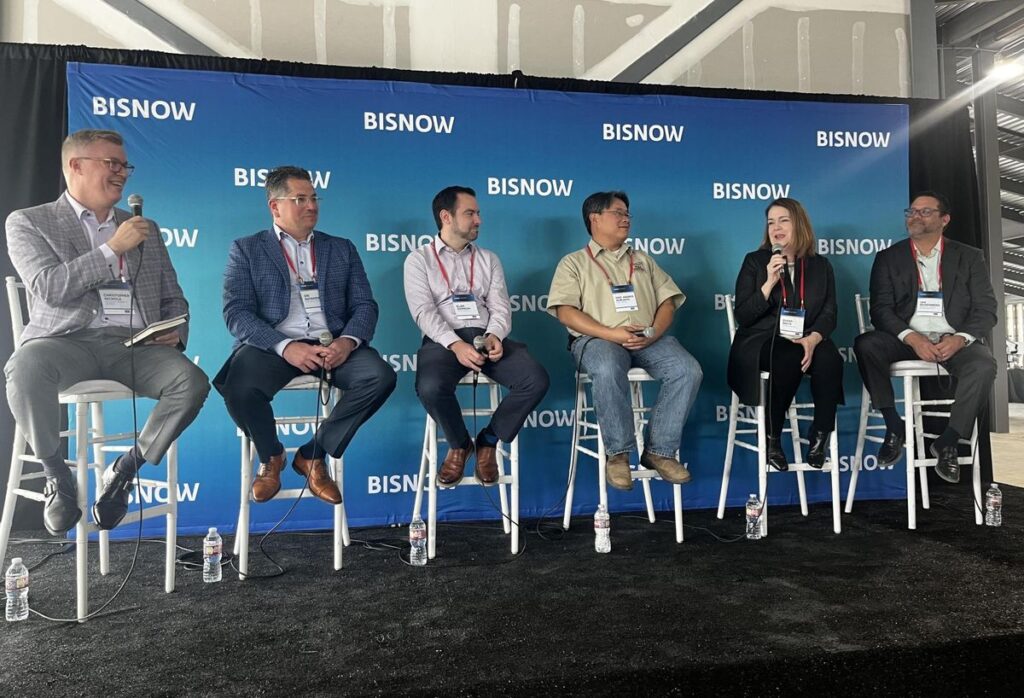
Bisnow’s event was held in a raw space at 1512 Center St., the original 1927 Bosworth Paper Co. building that The Deal Co. is redeveloping — a fitting symbol of changing mindsets in a city known for no hesitation when it comes to chucking out the old and making way for the new.
Batagower and others agreed more Houston developers are slowly seeing the value in restoring old buildings. But panelists warned such projects are not always straightforward.
“Every single step that seems to be pretty typical for different classes of real estate is not [for adaptive reuse],” said Andrew Nurcahya, who is developing The Dryer in Katy.
The Dryer is a 177-foot-tall former rice dryer along Interstate 10 in Katy, still the tallest building in the city and the visual that many residents rely on to know they are close to home, Nurcahya said. It was built in 1943 and has been abandoned for more than three decades.
Adaptive reuse projects like The Dryer are difficult due to numerous challenges, including unexpected construction costs and a lack of permitting guidance for one-of-a-kind projects. Layered on top of that are the conditions looming over all of Houston’s commercial real estate market: high interest rates, a lack of ideal inventory for tenants, a disconnect between sellers and buyers, and a lack of financial liquidity.
Nurcahya embodies the qualities of those willing to develop this type of project, or, as he put it, “I’m just the crazy person that’s taken it on. “He hopes that turning it into a family entertainment venue and allowing the public to touch and experience the building again will have a great impact on the community, casting the project as a labor of love.
“My project is probably the most extreme out of a lot of the projects here. A lot of your projects here actually economically make sense, there’s an ROI component there,” Nurcahya said, indicating that his doesn’t and garnering a laugh from the crowd.
To date, Nurcahya has dealt with issues like finding underground gas pipelines with no official documentation and difficulty securing financing.
“Underwriters don’t look at the cool, fun factor that we first look at, they look at the fear factor,” Nurcahya said. “Ori has said, it’s not for the faint of heart. But it certainly is a cool project.”
No one will believe in a project as much as you do, Buffalo Bayou Partnership Real Estate Project Manager Ian Rosenberg agreed. Taking on adaptive reuse projects means accepting a higher level of risk and being willing to make judgment calls, he said.
“Bankers are risk-averse, engineers are risk-averse, city permitting is definitely risk-averse,” Rosenberg said. “They don’t share your passion. They love the design, but they’re not going to risk something … So [you’re] dealing with that risk, from go [and] all the way through a project.”
Many of those risks are impossible to mitigate before starting an adaptive reuse project, Batagower said. Peeling back the layers on old buildings — like the century-old building The Deal Co. is redeveloping at 2103 Lyons Ave. that will house a Meow Wolf location — is fun, but not to be undertaken by a group without experience, he said.
“You have to get started and just believe in what you’re doing. And then you’ll figure it out along the way,” Batagower said.
Figuring out how to finance projects is a major hurdle for both developers of older buildings and commercial real estate writ large, and brokers, sellers and others are getting creative to push deals to completion.
Acho Azuike, chief operating officer and managing director at DC Partners, said he did a pulse check with lenders a few weeks ago, and some people and asset classes are “getting shy.”
That’s requiring more tapping into alternatives like EB-5 financing, Property Assessed Clean Energy (PACE) financing and crowdfunding, he said.
“We’re hoping to get as creative as possible and looking at financial tools that we’ve never used in the past,” Azuike said.
In the multifamily market, options to get deals across the finish line include accepting lower returns and lowering sale prices, Barvin Senior Vice President of Acquisitions Susan Pohl said.
Tenants are willing to pay a little more on rent, so eventually, developers might have to accept doing business at a 10% interest rate, SHOP Cos. partner Chris Reyes said.
“Like we were doing in the ’80s and ’90s,” he said. “I think once people come to that reality, we’ll be able to solve problems. Because, at least on the tenant side, we’ve shown that …we’re good with paying a little more red if that’s what it costs to create more opportunity.”
But Pohl said she imagines something closer to a 4.5% interest rate is needed to get things moving. Sellers may be interested in selling at a 4% cap rate, while buyers can be interested in getting debt at a 4% or 4.5% rate. That would mean a little negative leverage for a short time, she said.
“I think it’s going to have to get to that level to bring buyers and sellers together,” Pohl said.
The economic environment might cause some to try to wait for better conditions to make deals, but CBRE Vice Chairman Lucian Bukowski said “deals have an expiration date,” and called on leaders to lead.
“In a lot of cases right now, they’re putting things on hold,” Bukowski said. “Leaders don’t get paid a lot of money to do nothing. They get paid to make the important decisions that drive them toward the future.”


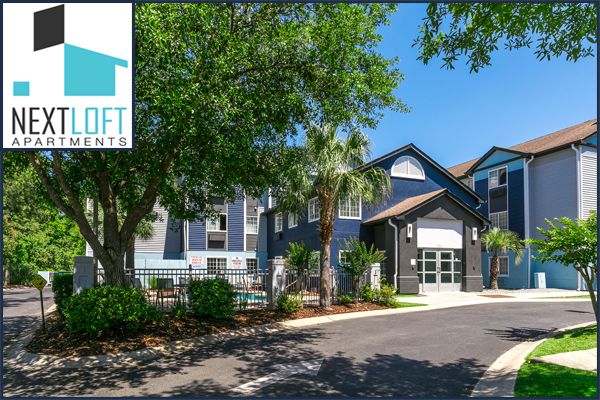
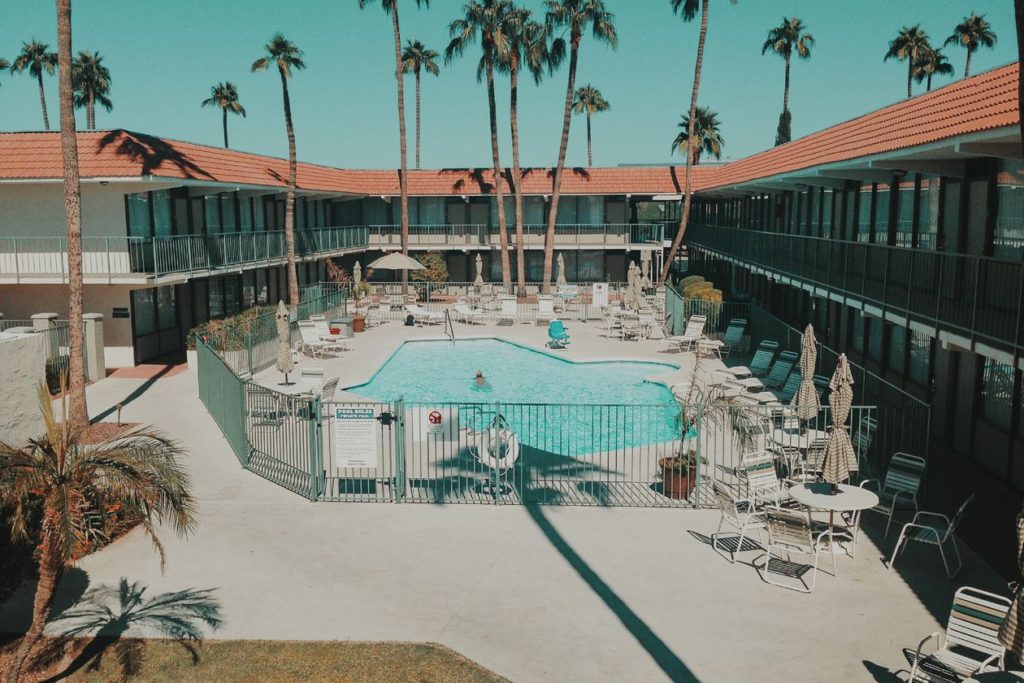
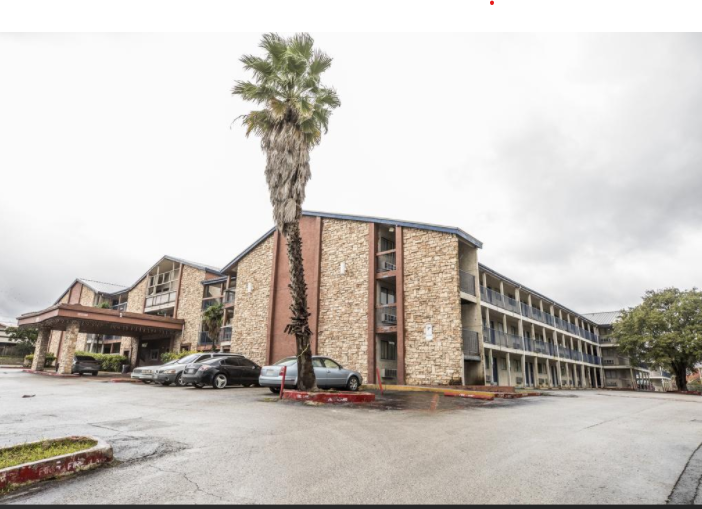
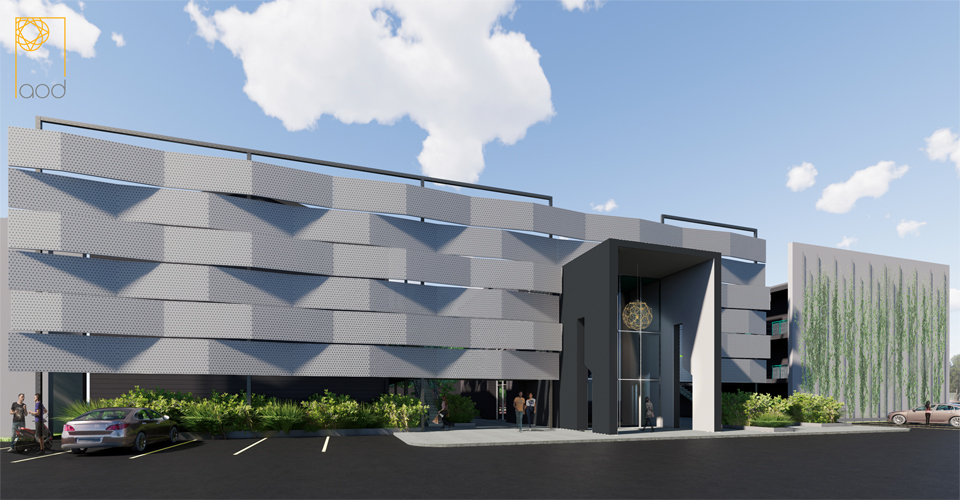
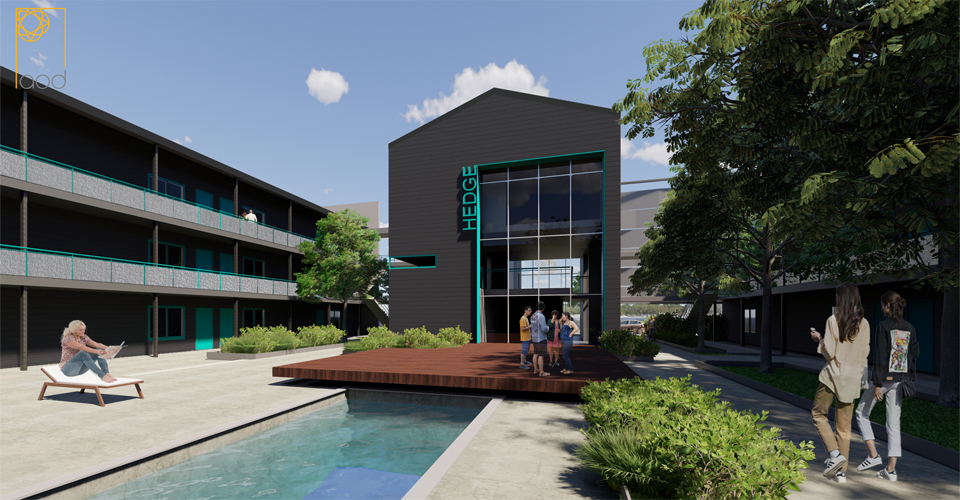
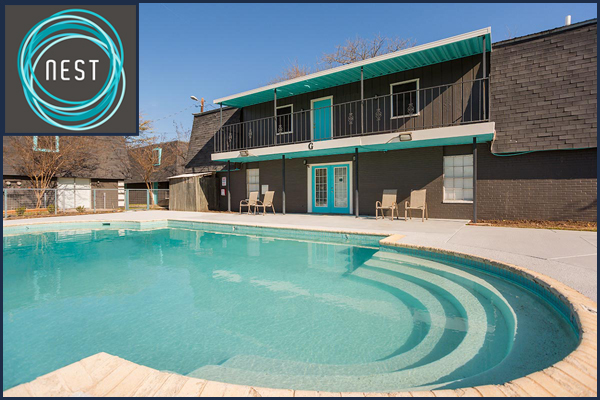
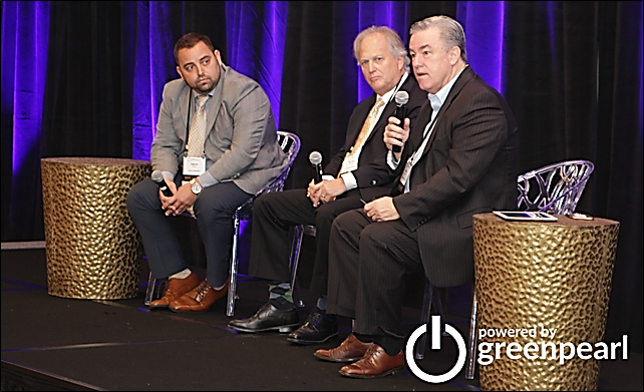 Jason Cohen, Head of Operations at Nexus Signature Communities, spoke at the 2018 Texas Multifamily Summit in Austin, TX on September 14th. The conference covered a variety of topics that were all geared toward Texas-wide multifamily activity and opportunities. Speakers with backgrounds from all over Texas attended the event and the turnout was substantial.
Jason Cohen, Head of Operations at Nexus Signature Communities, spoke at the 2018 Texas Multifamily Summit in Austin, TX on September 14th. The conference covered a variety of topics that were all geared toward Texas-wide multifamily activity and opportunities. Speakers with backgrounds from all over Texas attended the event and the turnout was substantial.